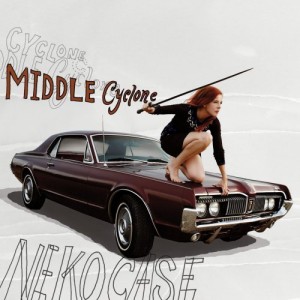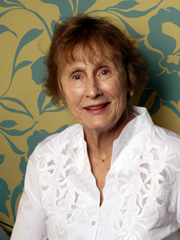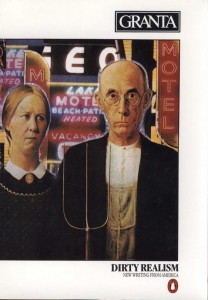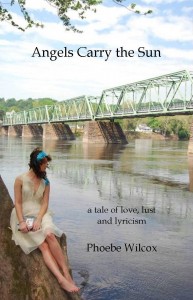 Susan: James, it has been said that we bring the sum total of who we are and what we know to every story we read. Today we discuss your story “Sand.” I know sand intimately. So I was immediately drawn by the title into this story of two brothers. Is this memoir or straight fiction or a combination? Is there a Cain and Abel sub-text going on, perhaps unconsciously? Not an entirely off the wall question (!) since you did use an epigraph from Leviticus 17:11: “For the life of the flesh is in the blood…”
Susan: James, it has been said that we bring the sum total of who we are and what we know to every story we read. Today we discuss your story “Sand.” I know sand intimately. So I was immediately drawn by the title into this story of two brothers. Is this memoir or straight fiction or a combination? Is there a Cain and Abel sub-text going on, perhaps unconsciously? Not an entirely off the wall question (!) since you did use an epigraph from Leviticus 17:11: “For the life of the flesh is in the blood…”
James: No, a Cain and Abel question is not off the wall. The short answer is “No.” In answering that question, I’ll answer both. The story is fiction, but based on my relationship with my brother, Charles. We grew up in a house right on the beach, on the southern-most shore of the Chesapeake Bay in Ocean View, which is in Norfolk, VA. It was a paradise for us.
My brother was much as the brother described in “Sand,” a kind of savant, with an incredible artistic gift. He won a scholarship to study architecture after winning a competition for design of a commercial building. He got in trouble and lost it, but continued with his art, filling notebooks with breathtaking sketches. He was also homeless for much of his life, a fact he hid from the family for many years. Even when they knew it, he continued the charade with stories of jobs as a cartographer for oil companies in Louisiana and California.
When he was killed in LA, I was director of a homeless shelter in Texas and had been trying for some time to get him into a program I personally believed would help him. I loved my brother, so the Cain and Abel thing doesn’t really apply … having said that, I was probably jealous, because Charles was greatly loved by the family, while I was estranged from them for many years. In some ways, we shared the same dilemma, similar perspectives and passions, but Charles was lovable, friendly. The detectives who spoke to my parents said that he was well known on the streets. Everybody liked Charlie.
I could adapt, though. He could not.
Susan: This account of your brother, family, and your upbringing is fascinating. The true story would make an intensely dramatic tale. It also brought to mind Steinbeck’s East of Eden. Thanks for being so candid. It’s always interesting to discover any “truth” hovering within a story. Some writers give all their truths to the page while others give none. For the most part, I hide. Your opening line is a stunner: “As children, we lived in a house on the beach, surrounded by sand, our skin touched by sand, moments of our lives filtered through sensations of sand.”
I adore that line. Do you believe the sand also found its way into the souls (hearts, if you prefer) of these two brothers?
James: The place where we lived, at that time, was less congested than today, almost like the Outer Banks of North Carolina, in that … the beach, the sea was flat, the sky enormous. Yes, the sand was everywhere. The beach was our front yard. The back of the house faced inland, but even there, not far away across the few streets, were forested creeks and backwaters, a salt marsh where, the history books told us, pirates lived and hid their ships in the deeper inlets. A magical place.
We had a view of the Chesapeake to the north, the Atlantic Ocean on the eastern horizon, and the shipping channel moved east to west, parallel to our beach, a deep channel where freighters moved slowly in and slowly out from the Tidewater to distant places we could only dream of, places with magical names you could read in the shipping news of the Norfolk paper.
The sky, though, was enormous, so big it could swallow your ego, teach you a kind of humility you never forget. Yes, it’s still there, the sand.
Susan: Yes, it’s still there, the sand. (Beautiful).
The narrator tells us that he is darkness and his brother is the light. The brother builds magnificent sand cathedrals that startle the tourists, while the narrator digs holes in the sand that the tourists fall into. What of this?
James: In terms of the story, one becomes the artist and the other an ironworker. One becomes open to beauty, one seeks solace in the firm realities of steel. One is drawn to cathedrals, one builds skyscrapers out of iron beams. One is open, the other quite closed.
In the end, it is the realist who survives, but at what cost?
Susan: The light and the darkness. Intermingled. These complexities in “Sand” tugged me in different directions. I love that things important to the narrator remain blurred for him. I believe this part turned the story: “Yet, I loved him, my brother, for all our differences. I understood him as no one else.”
A shocker! Here I was visualizing a seaside painting by William Merritt Chase, and you threw me a Picasso. These two lines sort of fractured the story down its middle, laying the ground work for what comes next.
Read “Sand” by James Lloyd Davis
Monday Chat is a bi-weekly series in which Susan Tepper has a conversation with a Fictionaut writer about one of his or her stories. Susan is Assistant Editor of Istanbul Literary Review and hosts FIZZ, a reading series at KGB Bar.
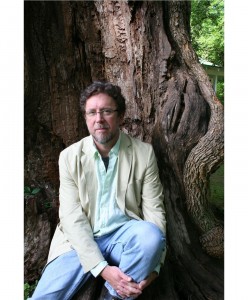
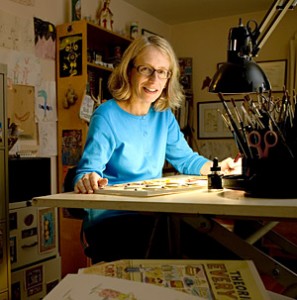 Roz Chast
Roz Chast
